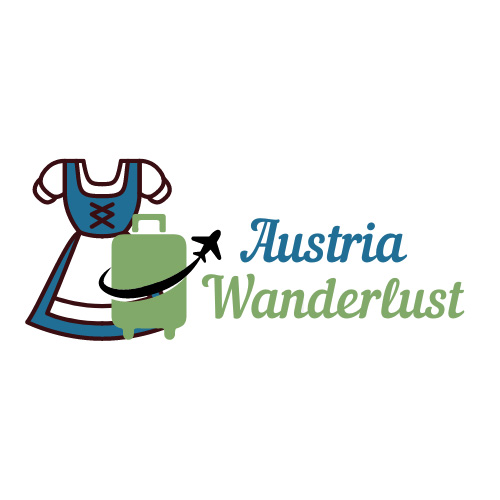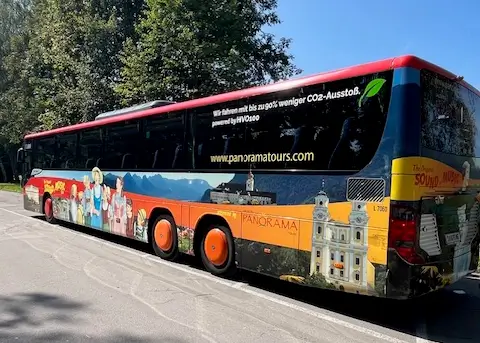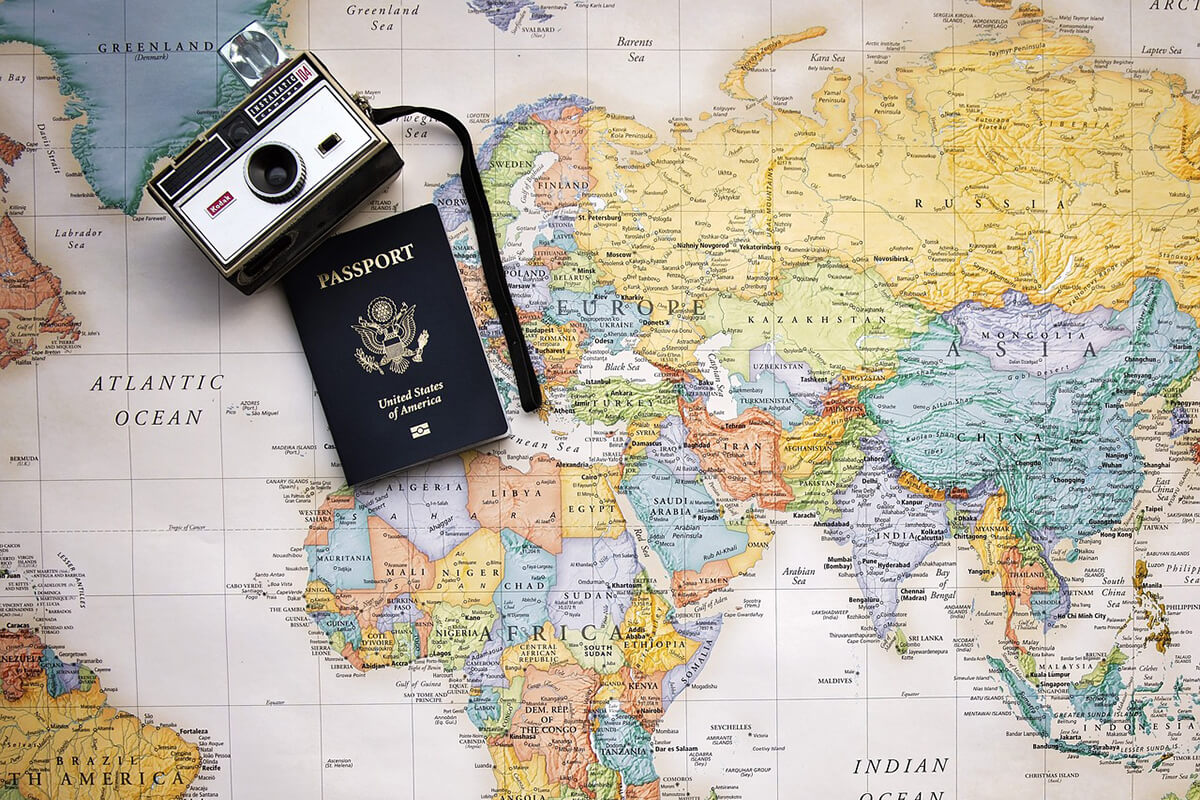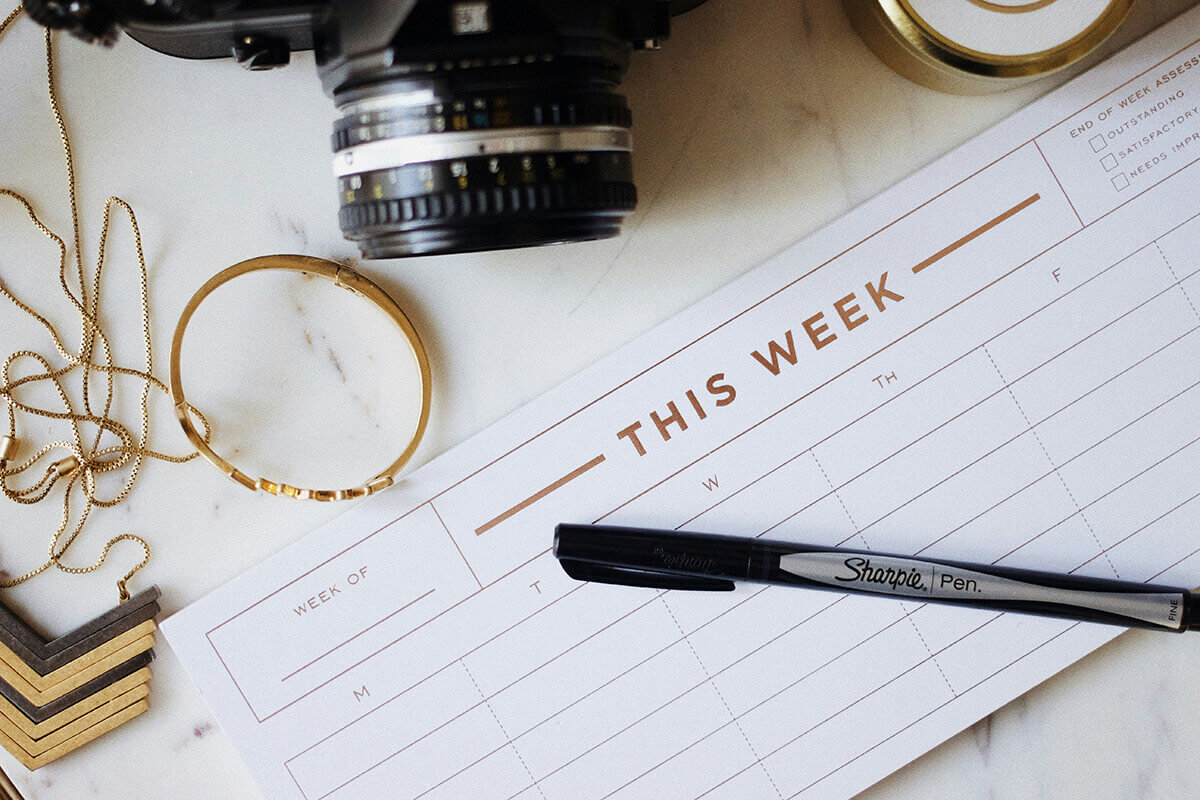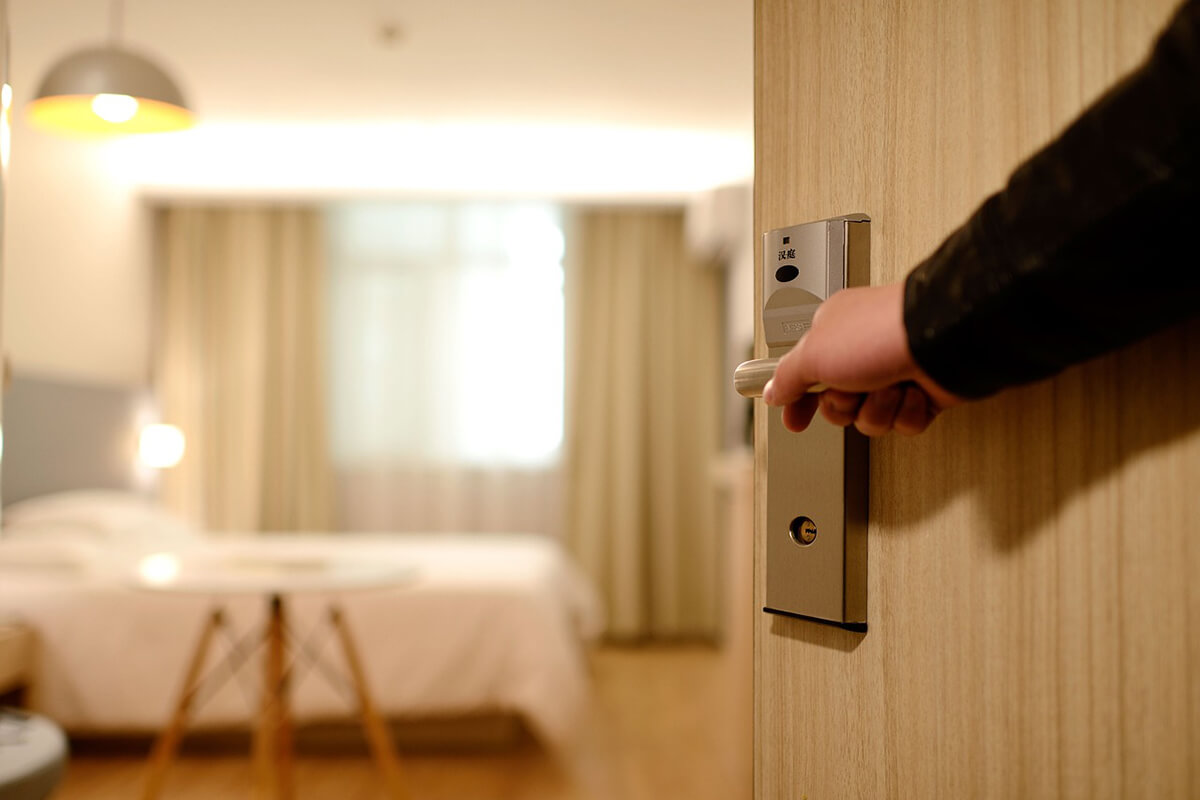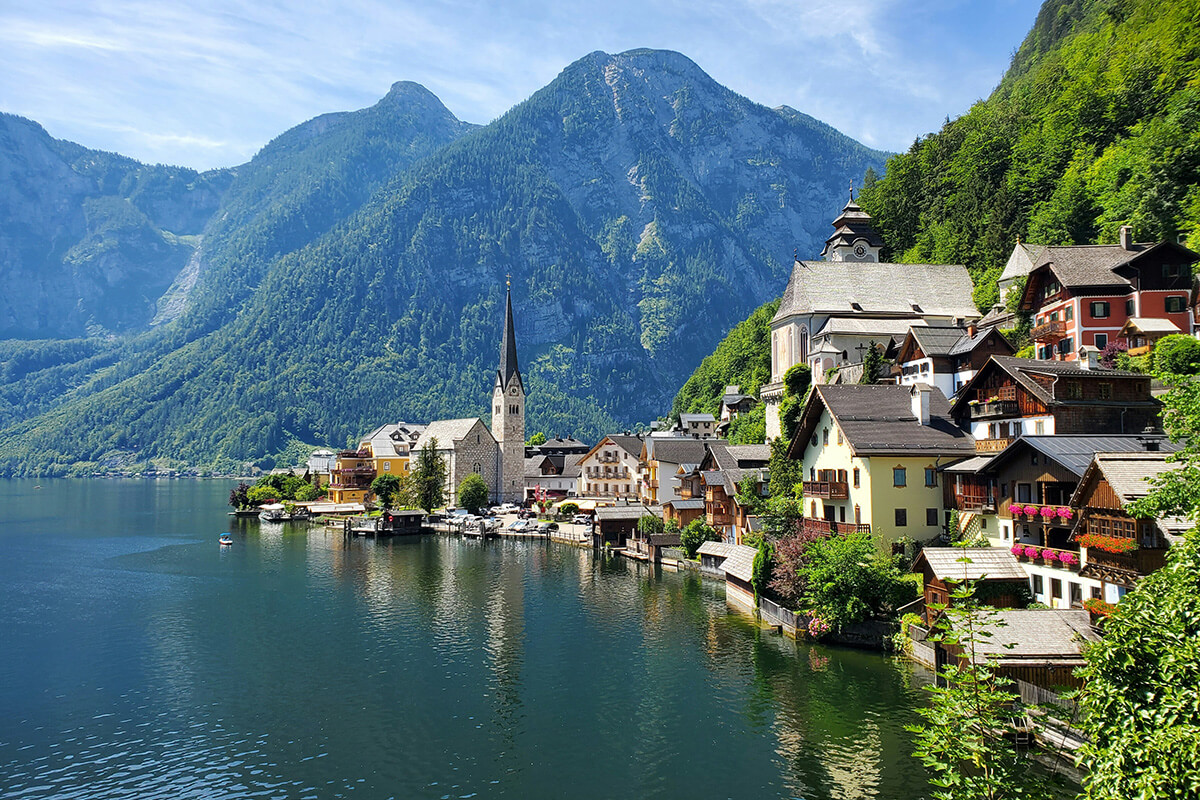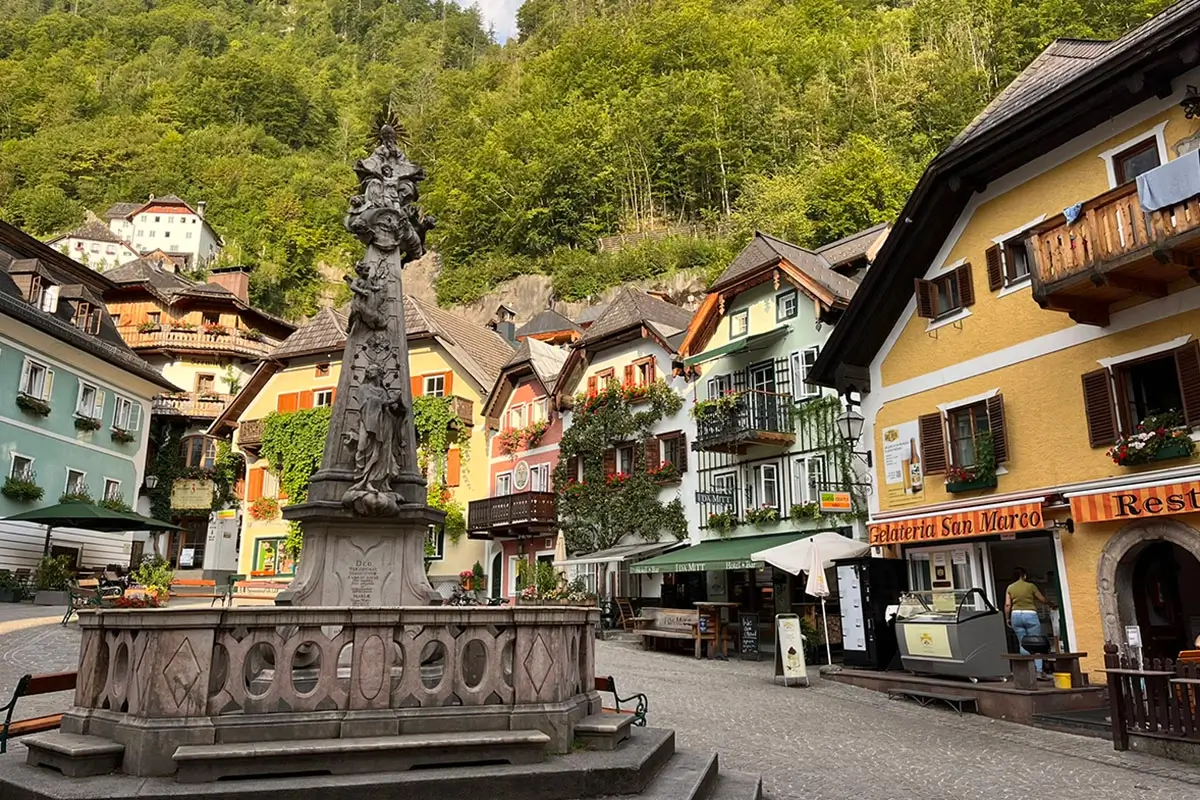Salzburg City Guide
The City of Mozart
Grüße aus Salzburg
Salzburg is the vision that most people picture when they think of Austria.
The impressive Hohensalzburg Fortress towers above Salzburg much like a topping on a grandiose wedding cake.
Salzburg is famous for its UNESCO-listed old town with its medieval and baroque buildings, hilltop castles, glistening water fountains and the birthplace of Mozart.
As the home of ‘The Sound of Music’, Salzburg lives up to its reputation.
Salzburg is also the gateway to the lovely Salzkammergut region, with its fabulous lakes and mountains. The city also hosts one of the world’s greatest classical music festivals.
Discover Salzburg
Salzburg means “salt castle”, referring to its massive fortress and the white gold (salt) from the mountains in the South. It is the capital of the Austrian State of Salzburgerland. Its population of ~ 150,000 residents make it the fourth biggest Austrian city.
Salzburg is in west-central Austria near the northern foothills of the Alps and the Bavarian Border (Germany). The Salzach River flows through Salzburg.
Salzburg was once a Celtic settlement and later the site of the Roman settlement of Iuvavum.
St Rupert founded St Peter’s Church in 696, and to this date, St Rupert is the patron Saint of Salzburg. The name Salzburg is documented from 755 AD and in 1077, construction on the Hohensalzburg Fortress commenced.
This article may contain compensated links. See our full disclaimer here
Discover Salzburg
Click on one of the topics below to start planning your visit to Salzburg.
What to See
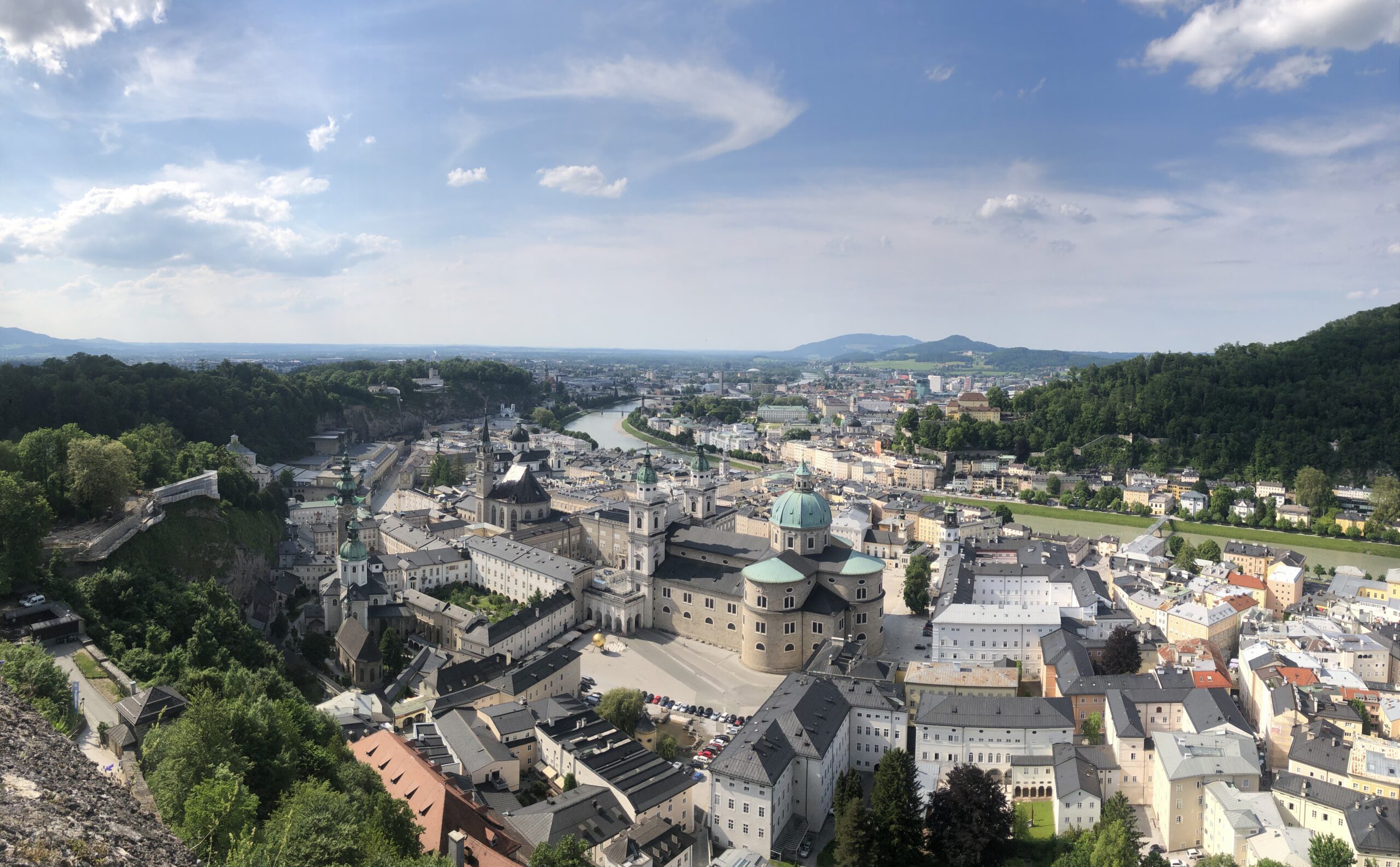
Salzburg Altstadt
Wander through the pedestrianised Altstadt, through the cobbled lanes and meander through hidden courtyards and medieval squares surrounded by baroque architecture.
The Altstadt sits on both sides of the Salzach River, many of the sights on our the left bank.

Getreidgasse
Getreidgasse in the heart of the Altstadt, is Salzburg’s most famous street. The tall, narrow rows of houses have wrought-iron guild signs above the old shops.
Explore the hidden romantic squares and alleys through the many Durchhäuser that line Getreidegasse. Durchäuser are houses with public passageways on the ground floor.

Festung Hohensalzburg
Hohensalzburg Fortress (Festung) is the 900-year-old fortress that is perched upon Festungberg Hill in Salzburg, Austria. The medieval fortress is one of the largest and best preserved in Europe.
Visitors to Salzburg can either hike up Festungberg Hill to the fortress or ride up on the Festungsbahn funicular. Visit the Golden Hall (state apartments), chapel and the Salzburg Bull (a mechanical organ). There is also a restaurant and beer garden.
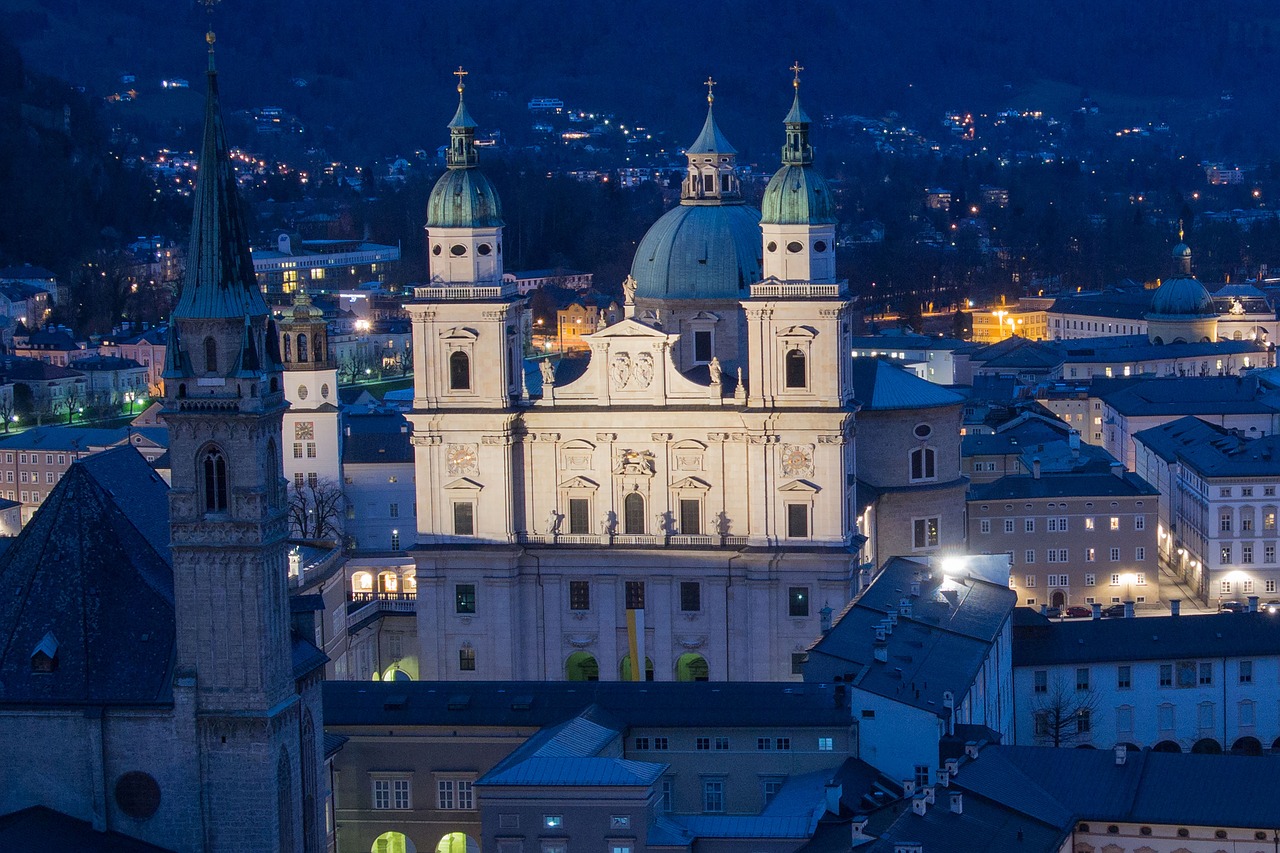
Salzburg Dom
The Salzburg Dom (Cathedral) is the stunning Baroque cathedral located in the centre of the Altstadt. It was built in the 17th century on the remains of two former churches.
The façade is made of Untersberg Marble and looking down from it are four statues: Apostles Peter and Paul holding a key and a sword, and Salzburg’s two patron saints, Rupert and Virgil.
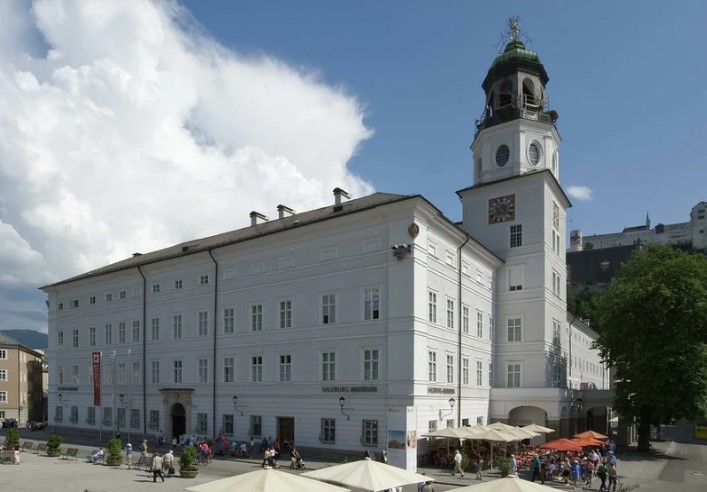
Museums
The Dom Quartier Salzburg is a series of museums and buildings located in and around the Salzburg Cathedral and Residenzplatz including: Staterooms of the Residence, Residence Gallery, Cathedral Museum, Cabinet of Curiosities, Long Gallery of St. Peter’s Abbey, St. Peter’s Museum and the Salzburg Museum
In addition, the Modern Art Museum (at Monachsberg and Repertinum), the Haus der Natur (Museum of Natural History) and many other museums are located in Salzburg.
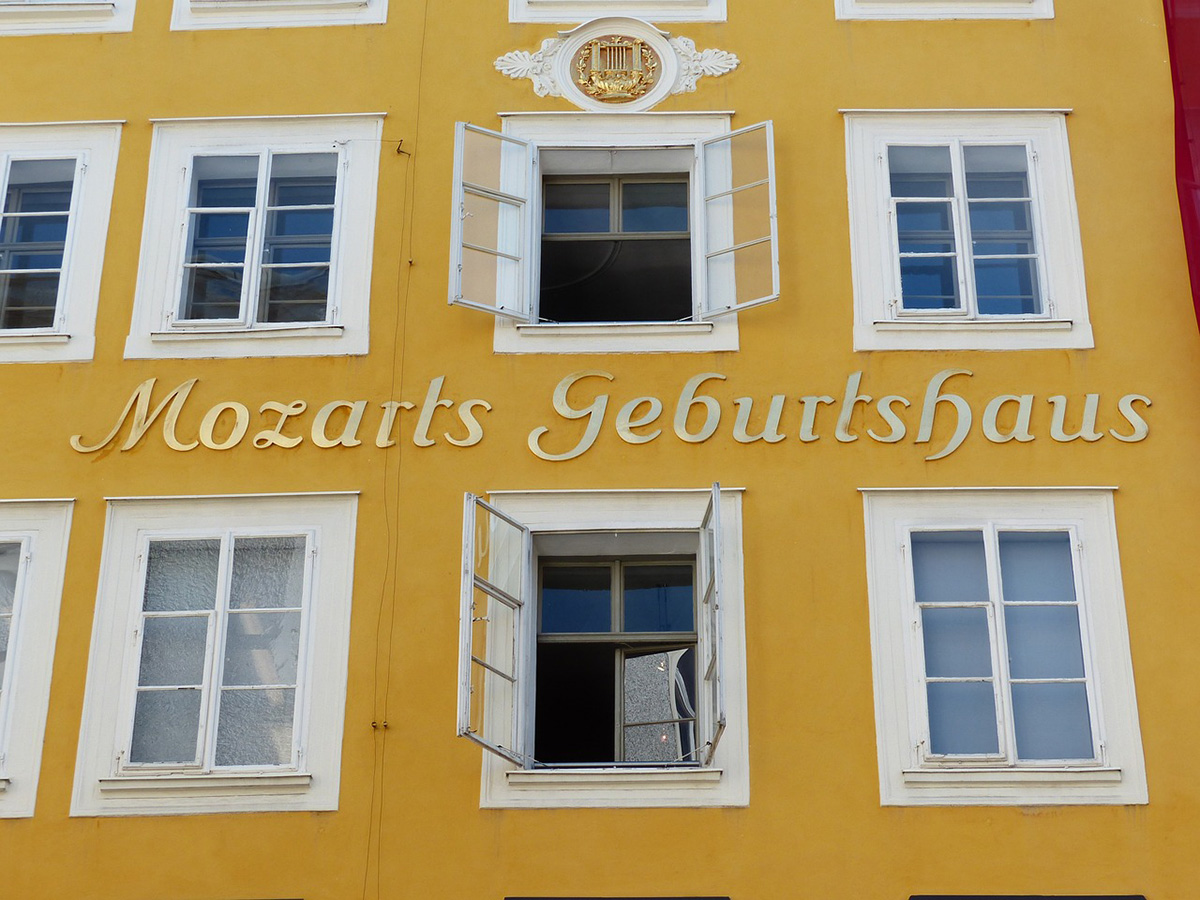
Mozarts Geburthaus
W. A. Mozart was born on January 27th, 1756, in the “Hagenauer Haus” at No. 9 Getreidegasse. Mozart and his family lived in a third-floor suite from 1746 until 1773.
Mozarts Geburtshaus is a museum where you can tour through the original rooms and see historical instruments such as Mozart’s violin and clavichord.
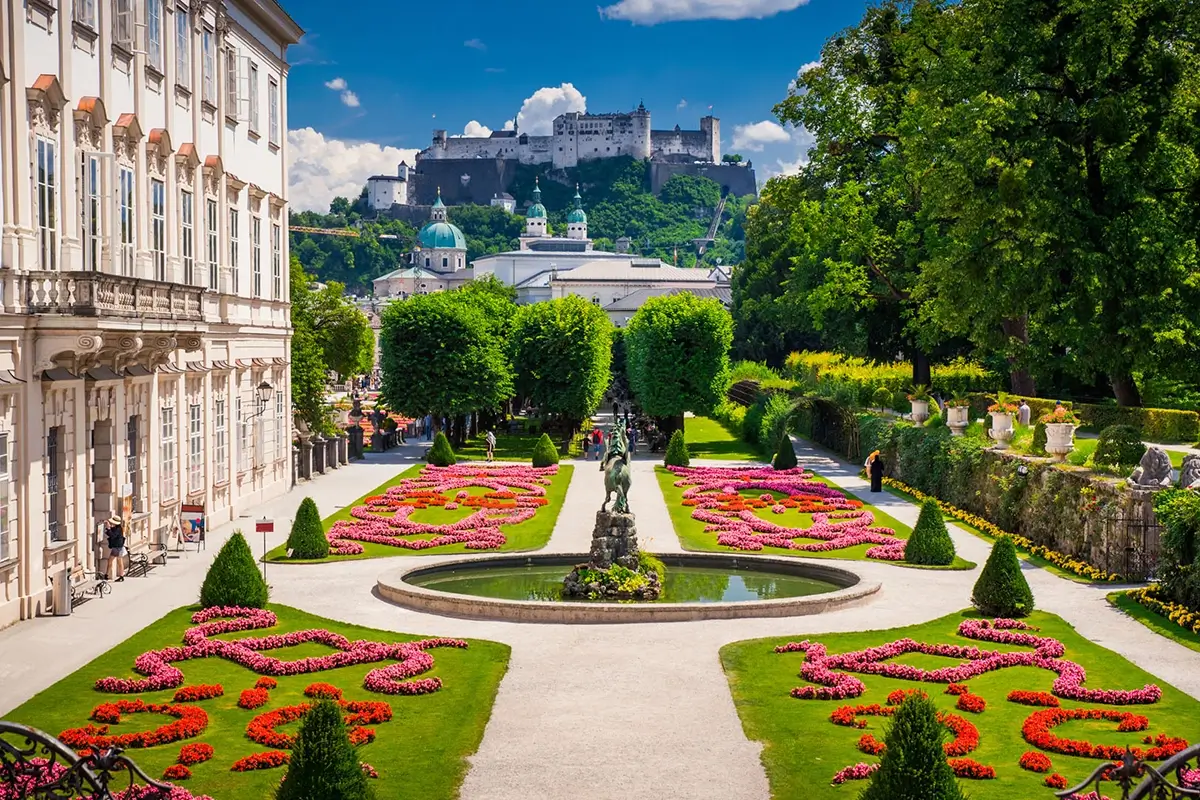
Mirabell Garden and Palace
Schloss Mirabell (from Italian mirabile “wonderful” and bella “beautiful”) was built in 1606 for Prince Archbishop Wolf Dientrich. Visit the Marmorsaal (marble hall), formerly the prince-archbishop’s banqueting hall, with its marble pillars, opulent stucco and ceiling frescos.
The Mirabell Garden is famous as a setting in ‘The Sound of Music’ In the film Maria and the children dance around the Pegasus fountain singing the song “Do-Re-Mi” and the Trapp family line up on the steps leading to the Rosenhügel (Rose Hill).
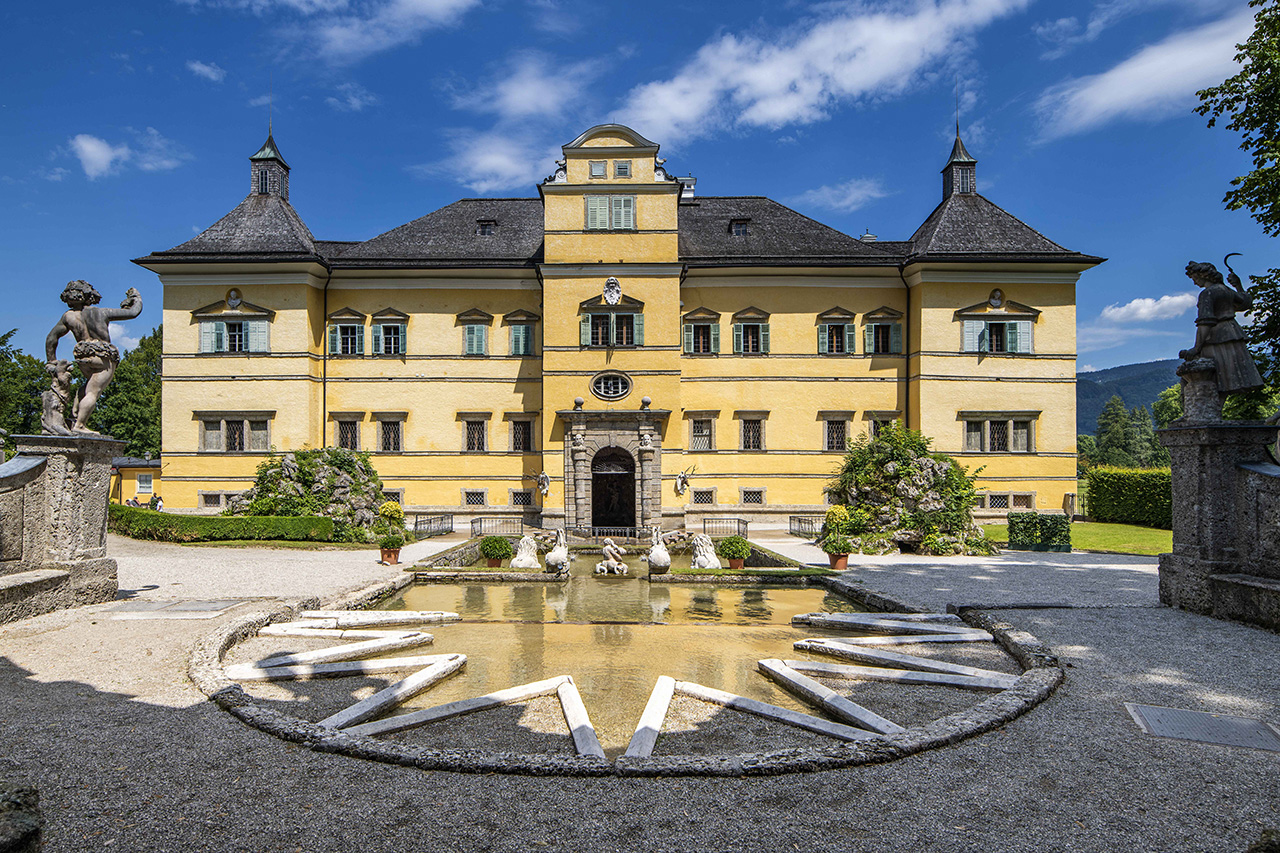
Schloss Hellbrunn
Schloss Hellbrunn (Palace) was built as a summer palace in 1613-1619 for Prince-Archbishop Markus Sittikus. Visit the Palace, the Gardens with the Wasserspiele (trick fountains), the Sound of Music Gazebo, the Zoo and the children’s playground.
During Advent, Schloss Hellbrunn has a famous Christmas Market.
Trip Planning
Click on one of the topics below to start planning your dream trip to Austria.
Need Help Planning your dream Austria Holiday?
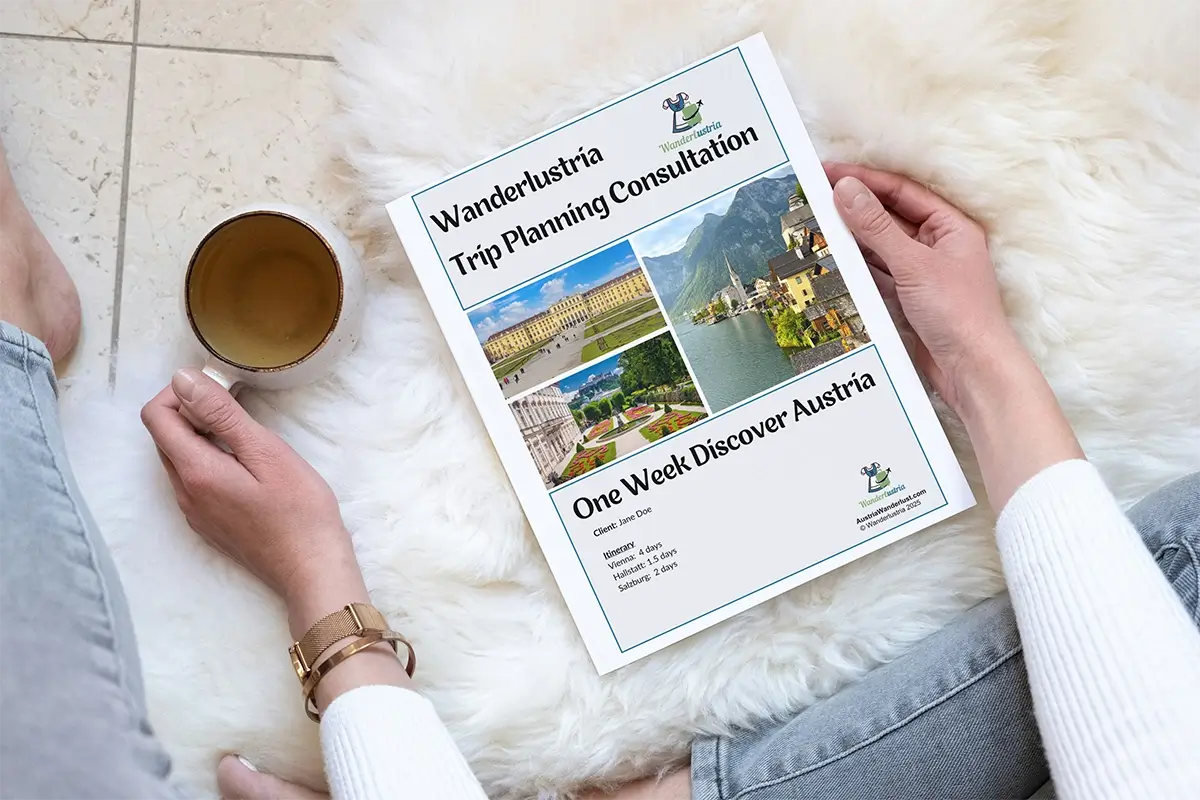
Expert advice to help you plan your Austria holiday.
Book an Austria Trip Planning Consultation
We help you plan your dream Austrian holiday.
The Wanderlustria Trip Planning Service provides advice on everything you need to know about planning your holiday to Austria- from hotels to tours, where to get the best tickets, train and road trips and share our favourite places and activities to ensure your Austria holiday is memorable.
Wanderlusting where else to visit in Austria?
Read these Articles for Recommendations, Tips and Advice on Sights to See and Things to Do
Plan your Austrian Holiday
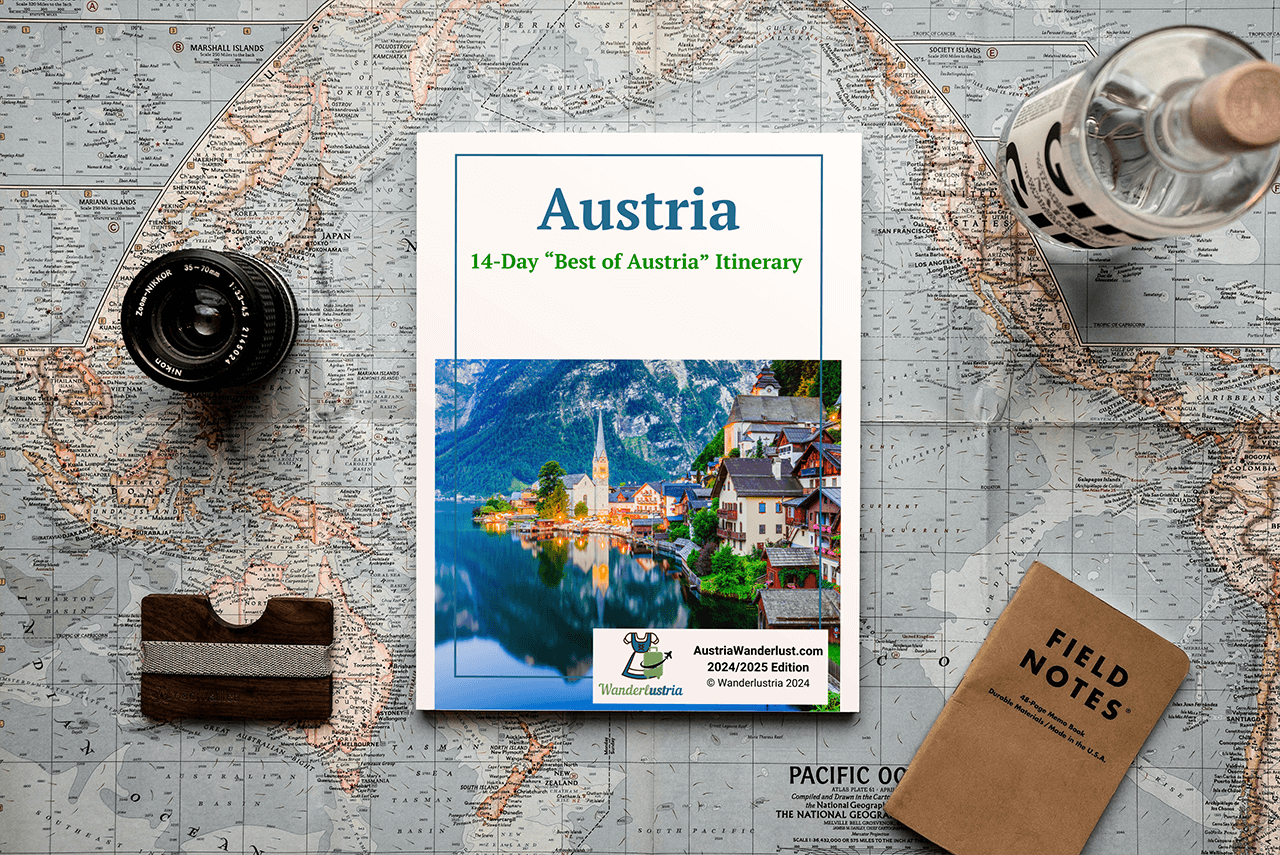
Download your free 14-day Best of Austria Itinerary
